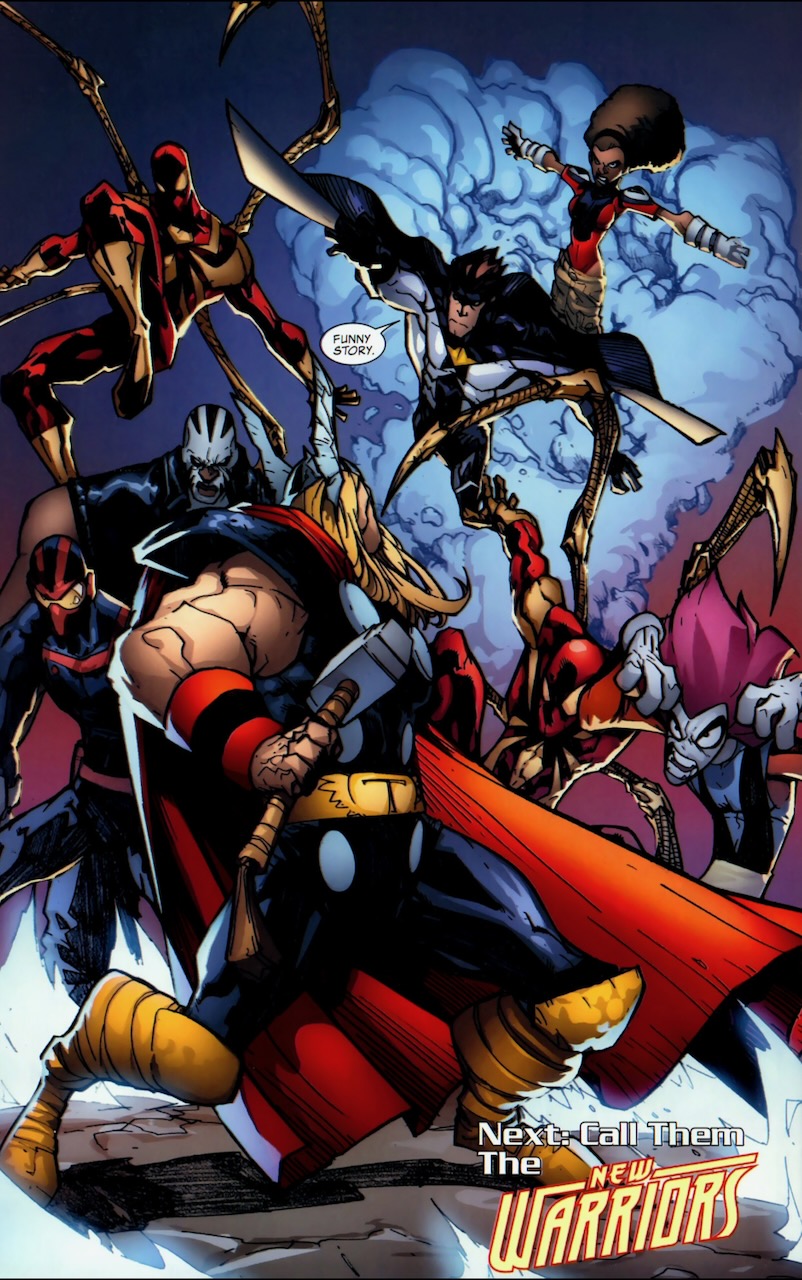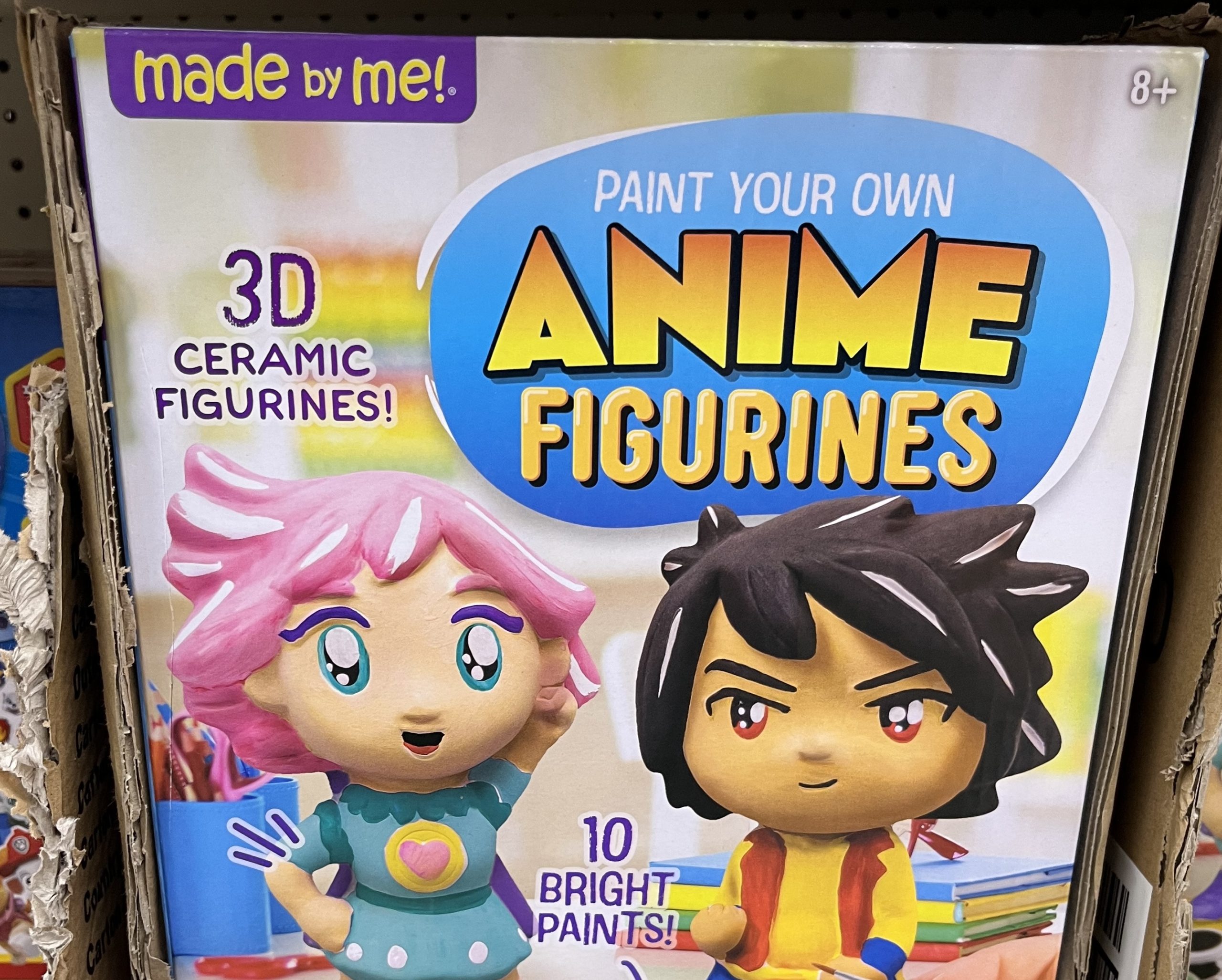Forget digging under couch cushions: your virtual arsenal can bankroll your next Comic-Con adventure. Learn how to turn rare CS:GO skins into cash for badges, cosplay materials and exclusive merch.
I’ll admit I almost passed on San Diego Comic-Con last year because badge prices and airfare felt beyond my budget. Then I discovered I could sell csgo skins for cash directly from my Steam inventory and cover a huge chunk of expenses without touching my savings. In this guide, I walk you through assessing your virtual loot, pricing your skins, funding the badge and travel, crafting an epic costume, grabbing limited-edition items and keeping your con fund topped up for next time.
Assessing Your Digital Loot
The first step is inventory triage. Open CS:GO and note every top-tier weapon finish you own; think butterfly knives in Fade patterns, rare glove skins, or StatTrak rifles that track your kills. Hop onto a reliable price-tracker site to check float values and average market bids. Factory-new items often command a premium, while well-worn or field-tested skins might yield just enough for a pizza. I once held onto a StatTrak AK-47 | Vulcan for weeks before realizing its market price would cover a night’s stay at a budget hotel near the convention center.
Next, sort your skins into three tiers:
- Tier 1: Ultra-rare items such as Karambits, specialist gloves or souvenir series rifles
- Tier 2: Popular rifles and pistols that still draw a solid crowd (AWP or M4A4 Skins)
- Tier 3: Common finishes, expired souvenir tokens or souvenir cases
Selling one Tier-1 skin typically covers the cost of a four-day badge package. Tier-2 sales can fund part of your airfare or hotel room and Tier-3 items might chip in for snacks and local transport. By mapping your inventory this way, you’ll know exactly which sales to prioritize.
Covering Badge and Travel Costs
A four-day Comic-Con badge will set you back around $300 and a round-trip flight from the East Coast ranges between $400 and $650 if you book early. I recommend earmarking one or two of your highest-value skins for the badge itself. For example, offloading a factory-new Karambit in Ultraviolet could net you over $300 in minutes.
Once you secure the badge, focus on flights and accommodation. Selling two mid-range skins can easily cover a bargain-basement hotel deal if you’re willing to stay a little farther from the convention center. Tip I learned the hard way: set calendar reminders for major CS:GO case openings or skin-drop events. Those often spike demand and prices, meaning you can time your sales for maximum return.
Crafting Cosplay on a Budget
Comic-Con is as much about costumes as it is panels and merch. Whether you’re building a Boba Fett helmet or sewing a Daenerys Targaryen gown, costume supplies add up fast. Here’s how to turn your skin proceeds into cosplay gold:
- Foam and Fabrics: Allocate skin-sale funds to purchase EVA foam sheets, Worbla thermoplastic or pleather. A single mid-range rifle skin sale often covers enough foam for shoulder and chest armor.
- 3D Printing and Props: If you need complex prop parts or helmets, factor in filament and printer run time. I once sold a StatTrak Glock-18 skin and that paid for an entire spool of high-quality PLA.
- Sewing Supplies and Paint: Smaller skin sales can cover fabric, thread, specialty paints and weathering tools. That two-dollar pistol finish sale became the paint budget for my steampunk goggles.
- Workshops and Tutorials: Consider budgeting for an online masterclass in armour-making or cosplay photography. Some high-end skin sales even cover a month’s subscription to sites like PatternSmith or Cosplay EDU.
By breaking down your costume into modules and matching each to a specific skin sale, you prevent budget blowouts and ensure every part of your outfit is funded.
Snagging Exclusive Merch and Panels
After you’ve locked in the badge, travel and costume, it’s time for the fun part: exclusive merch. Con-only items like enamel pins, limited-run Funko Pops, artist-signed prints or early comics can vanish in seconds. I recommend setting aside a pool of Tier-2 skin proceeds, enough for $50 to $100 in Day One purchases.
Plan your budget sheet like this:
- Enamel Pins and Patches: $20 to $40
- Limited-Edition Graphic Novels and Art Prints: $25 to $60
- Exclusive Toys and Collectibles: $50+
I’ve learned to monitor social channels and con apps ahead of time for drop-day announcements. When a must-have item goes live, you’ll already know exactly how much you can afford to spend. If you see something outside your budget, resist the impulse. Overspending here can wipe out leftover funds faster than you can say CS:GO case unboxing.
Keeping the Fun and Funds Flowing
Once the convention ends and you’ve snapped selfies with cosplayers and bagged rare merch, you might still have skins left over. Or maybe you’re already planning next year’s haul. I’ve found a rotating sale cycle works best: sell one high-value skin every quarter to replenish the con fund, then stash the rest for long-term holds. Watch for market catalysts such as Operation releases or major update patches that often send skin prices climbing.
A few quick tips to streamline future sales:
- Use escrow-verified marketplaces to avoid scams and chargebacks
- Set competitive sale fees so your listings move quickly
- Enable price alerts on your top three skins to capture spikes in real time
- Consider trading platforms with minimal withdrawal fees to maximise your take-home cash
By pacing your sales and keeping an eye on market trends, you ensure you’ll never miss a Comic-Con because of a tight wallet again. One day, you’ll look back and realize gaming did more than sharpen your aim; it leveled up your entire fan-experience budget. Now it’s your turn. Check your Steam inventory and start turning those skins into real-world adventures.
***













![Ghost of Yōtei First Impressions [Spoiler Free]](https://attackongeek.com/wp-content/uploads/2025/11/Ghost-of-Yotei.jpg)





 English (US) ·
English (US) ·